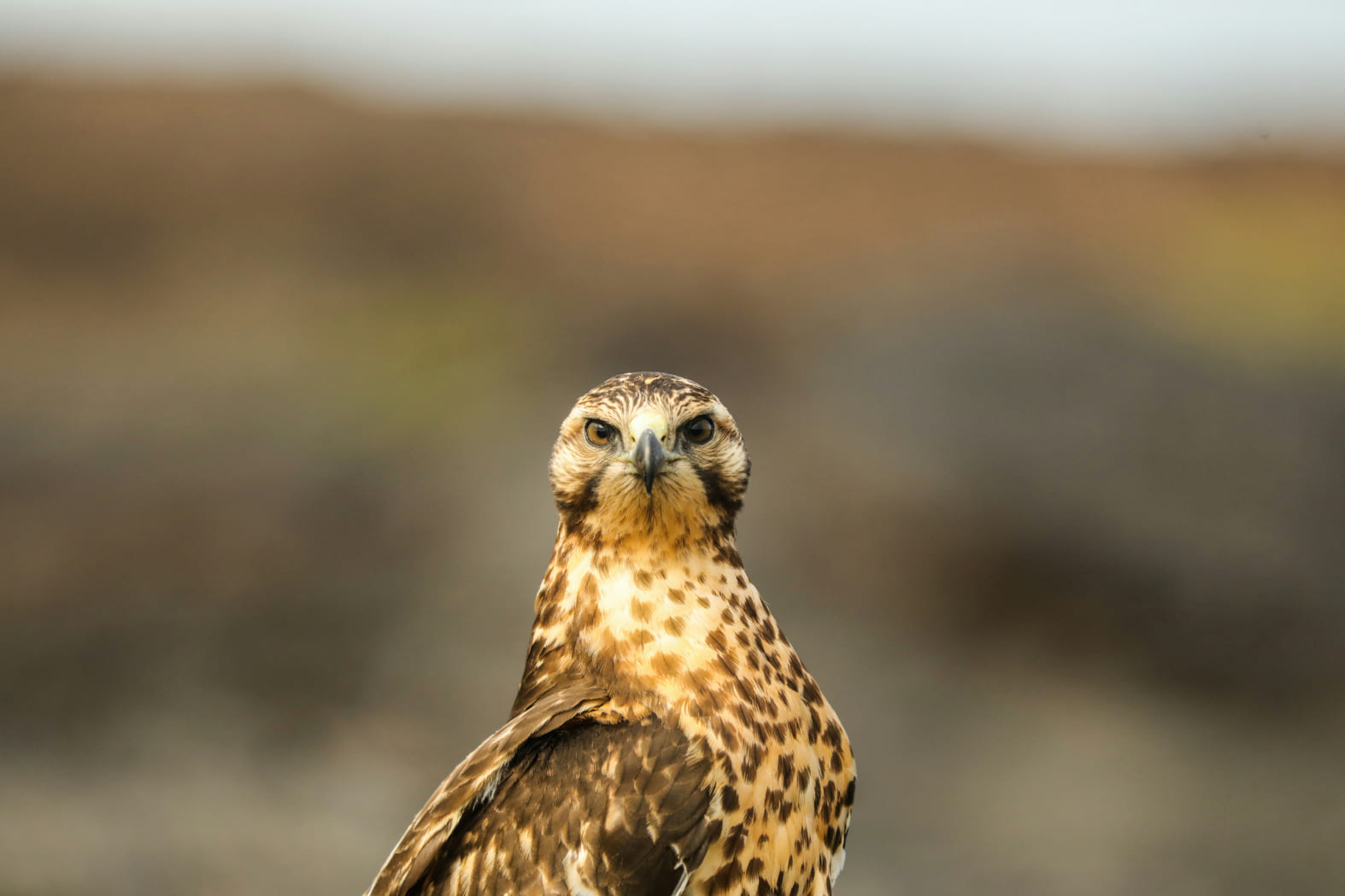The Owl: Mysterious Predator of the Night
Owls are fascinating nocturnal birds of prey, known for their silent flight, wide eyes, and sharp talons. These birds are masters of adaptation, perfectly suited to hunting in low-light conditions. Found in various habitats worldwide, owls are powerful symbols of mystery and wisdom in many cultures.
Adaptations for Night Hunting
One of the owl’s most remarkable features is its exceptional eyesight, allowing it to see clearly in the dark. Unlike other birds, owls have forward-facing eyes, providing them with binocular vision and enhanced depth perception. Their highly sensitive ears help them locate prey even in total darkness. Owls are also unique in their ability to rotate their heads up to 270 degrees, allowing them to scan their surroundings without moving their bodies.
Diet and Ecological Role
Owls are carnivorous, feeding on a diet of small mammals, insects, and even other birds. By controlling rodent populations, owls help maintain balance in the ecosystems they inhabit. Their silent, graceful flight and sharp talons make them efficient and elusive hunters, contributing to their reputation as mysterious creatures of the night.


